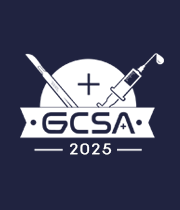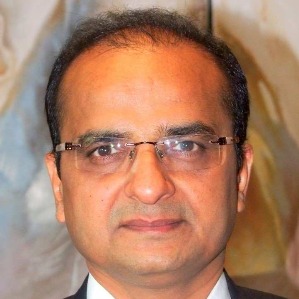Title : Introducing the papyrus graft: A revolutionary breakthrough in structural rhinoplasty
Abstract:
Introduction: Structural rhinoplasty is a complex surgical procedure that aims to restore and enhance nasal structure and function by reconstructing the underlying framework. Robust grafting material is required for durable results. In secondary and multiple times operated noses, traditional grafting materials, such as cartilage from the septum and concha have already been exhausted. Rib cartilage remains the mainstay in these noses and serves all the purposes of structural reconstruction and aesthetic works. The problem arises when the harvested costal cartilage is of little use due to widespread ossification, brittleness, and insufficient in size. The “Papyrus graft”, presents a novel approach and emerges as a promising solution to address these limitations and achieve more effective and sustainable results when other grafts are either in short supply or found to be useless.
Method: A retrospective study was conducted on patients who underwent structural rhinoplasty using the “Papyrus graft” between 2018 and 2024. Data collected included patient demographics, graft survival, surgical outcomes, complications, and patient satisfaction. Surgical techniques for preparing and utilizing the papyrus graft were standardized across all cases. Almost all the structures of the nose can be repaired or rebuilt using Including lower laterals, if no suitable cartilage graft is available. Deformities of Upper laterals can be effectively camouflaged. Whole septal L-strut can be made and with “Papyrus graft” and there is no need to depend on either PDS plate or cadaveric graft “Papyrus graft” can be used as septal support graft similar to the ethmoid bone. Any shape and type of dorsal strut can be prepared, whether just to cover the irregular dorsal surface or to augment the dorsum. produces excellent dorsal aesthetic lines.
Results: “Papyrus graft” showed a high success rate in achieving desired nasal shape and structural integrity with significant improvement in nasal shape and patient satisfaction. A total of 63 patients (45 females, 18 males) with a mean age of 34.2 years were included in the study. No major complications occurred.
Conclusion: The advent of “Papyrus graft” has revolutionized the structural rhinoplasty, especially in complex revision cases where the over-reliance on costal cartilage sometimes led in to a desperate situation. This innovative material provides a superior alternative, enabling surgeons to execute intricate procedures with enhanced confidence and precision. Utilizing the strength, flexibility, resilience and versatility of “Papyrus graft”, surgeons can maintain their professional integrity while achieving exceptional results that align with the high expectations of their patients. This breakthrough represents a significant advancement, ensuring more reliable outcomes and greatly mitigating anxiety and stress of a rhinoplasty Surgeon. Its use can enhance outcomes and expand possibilities in nasal reconstruction especially in hopeless situations when surgeon falls short of usable cartilage grafts.


